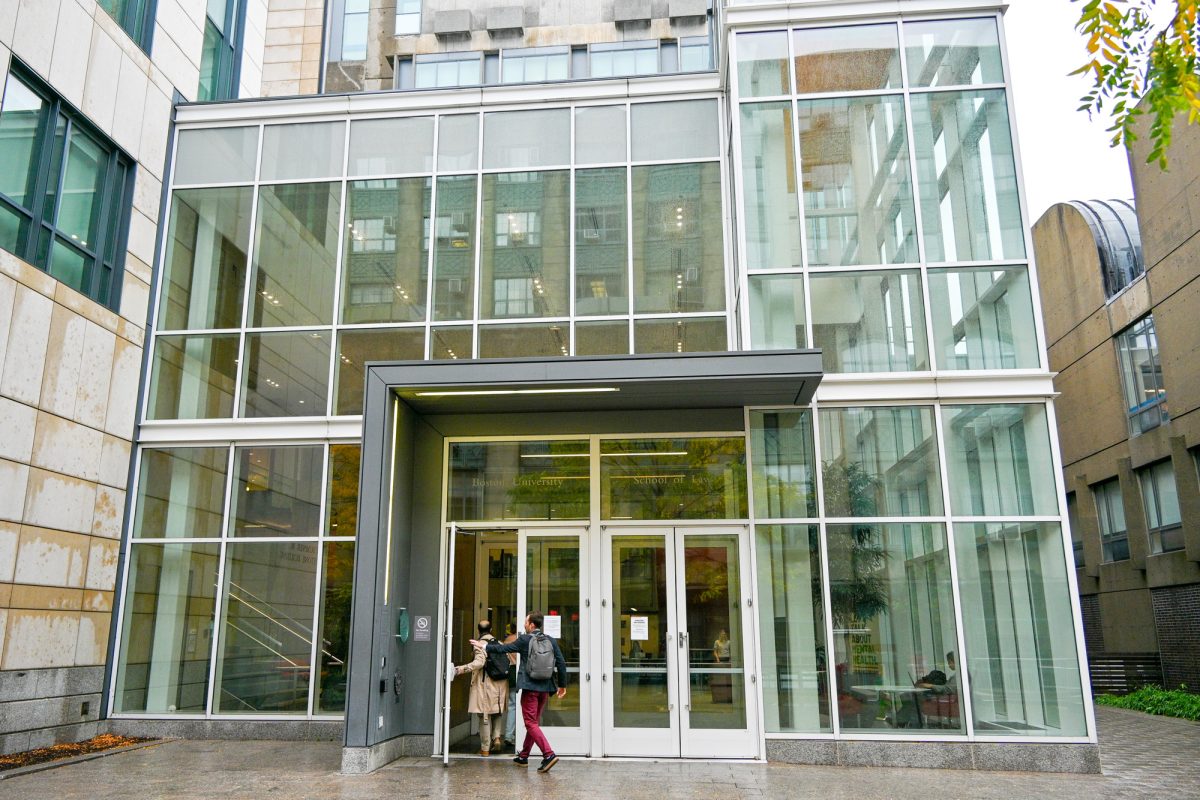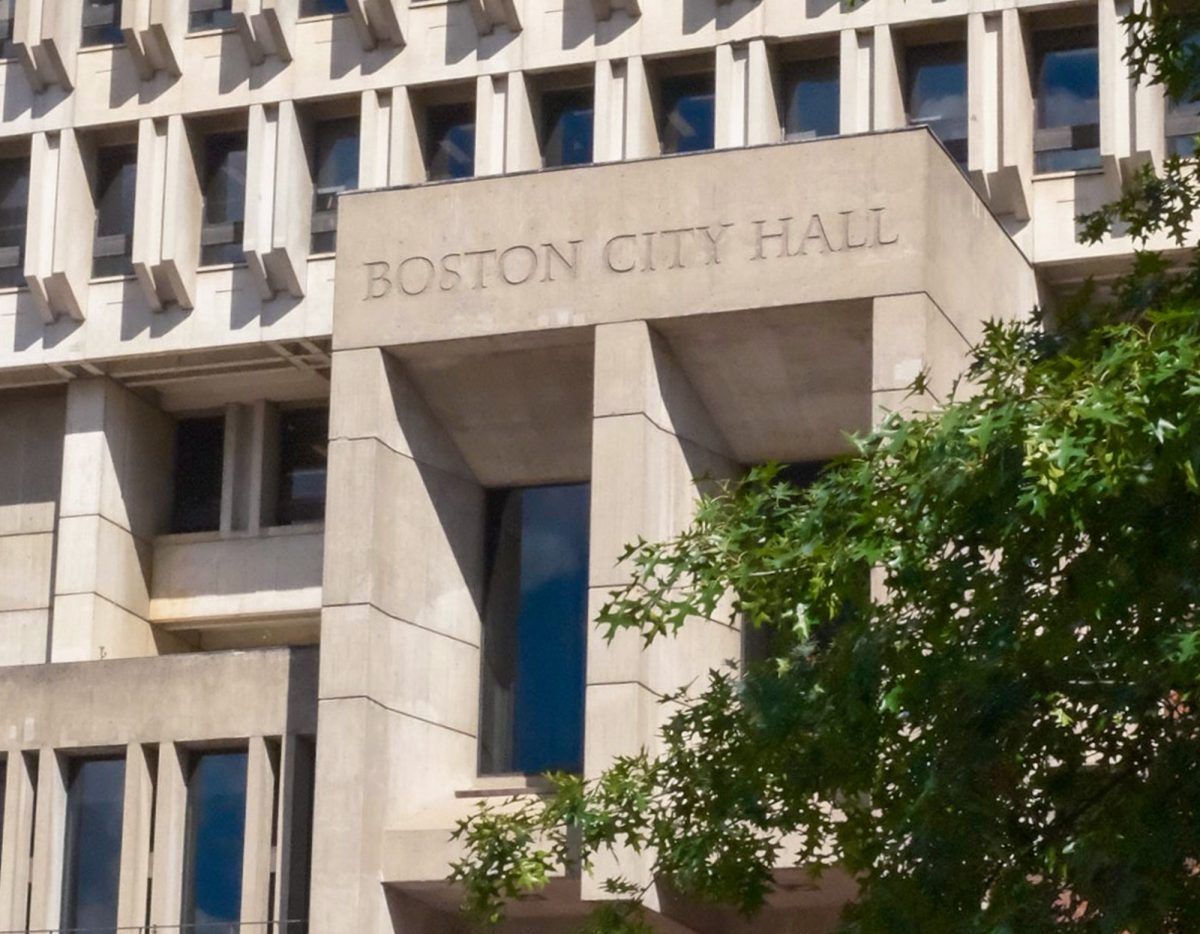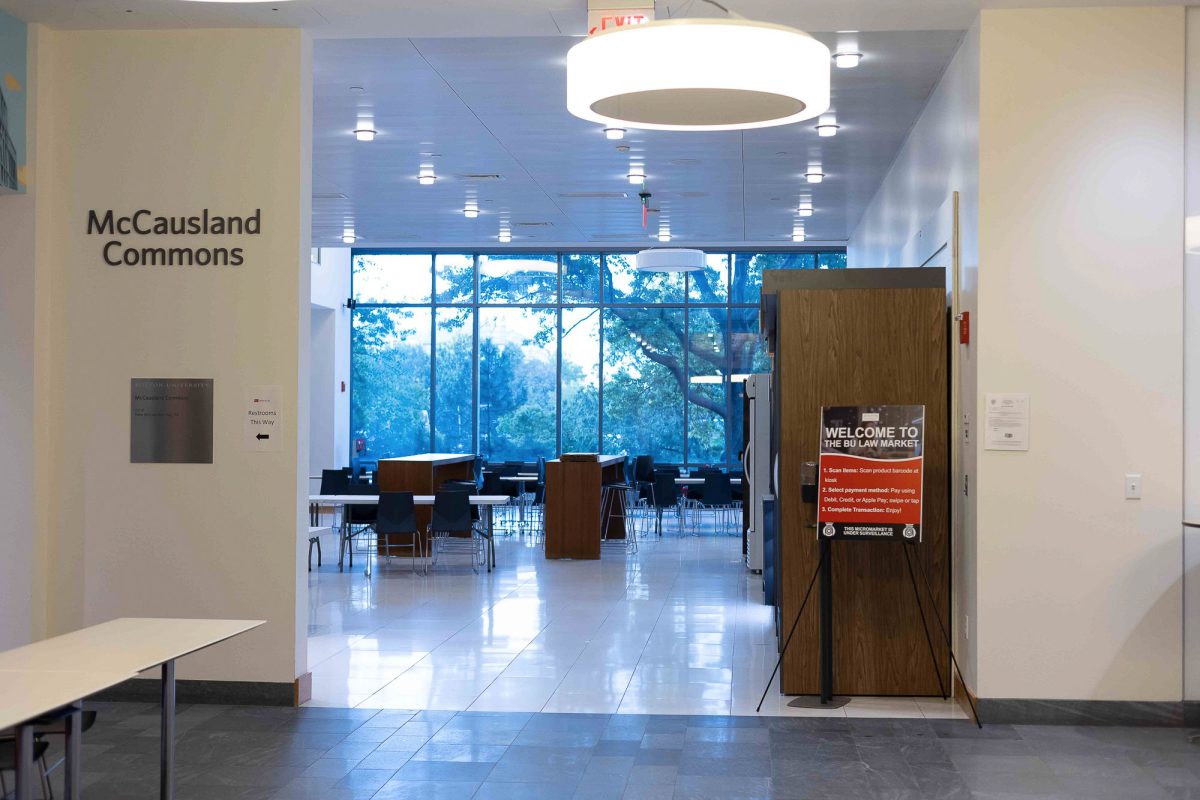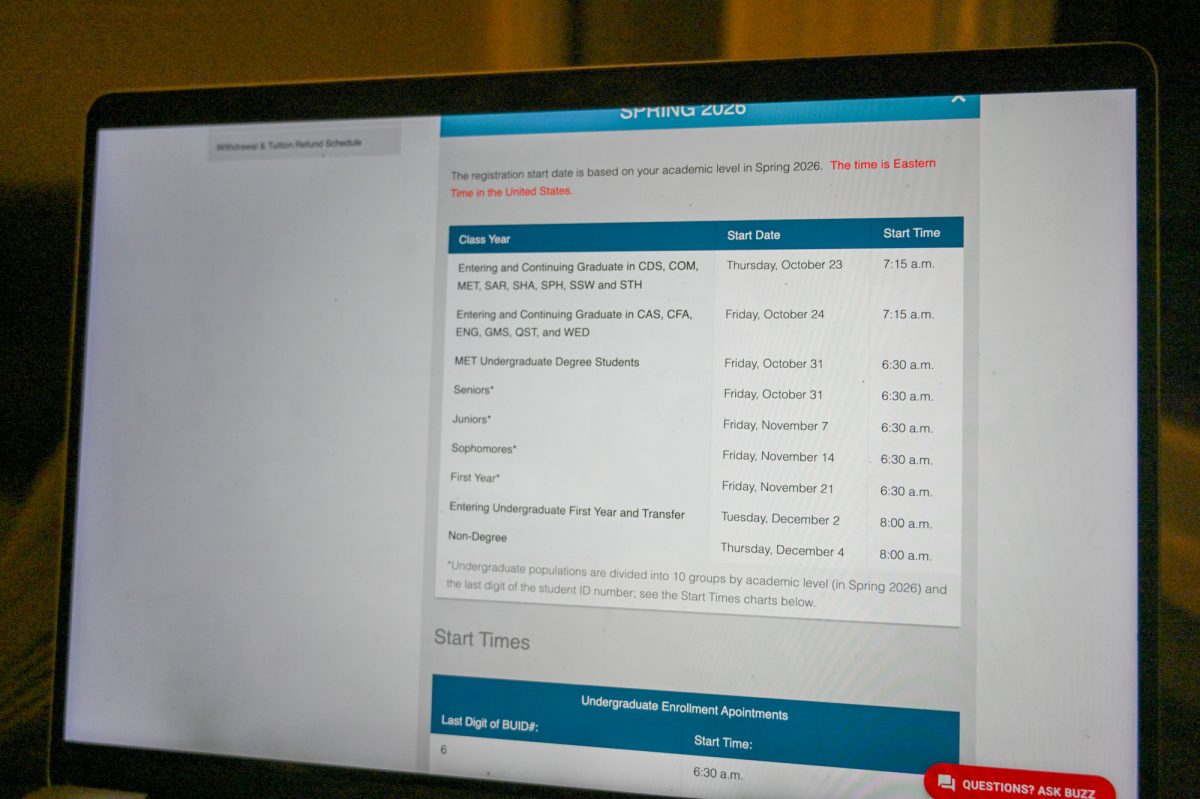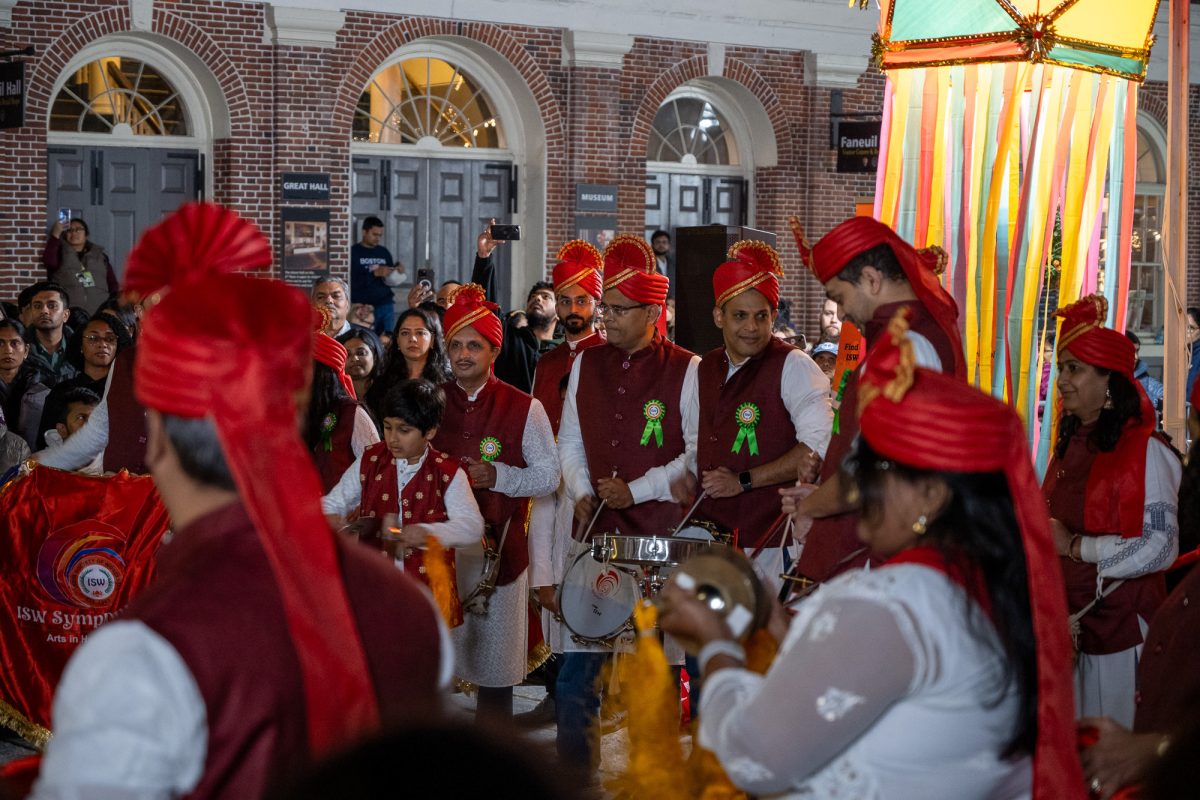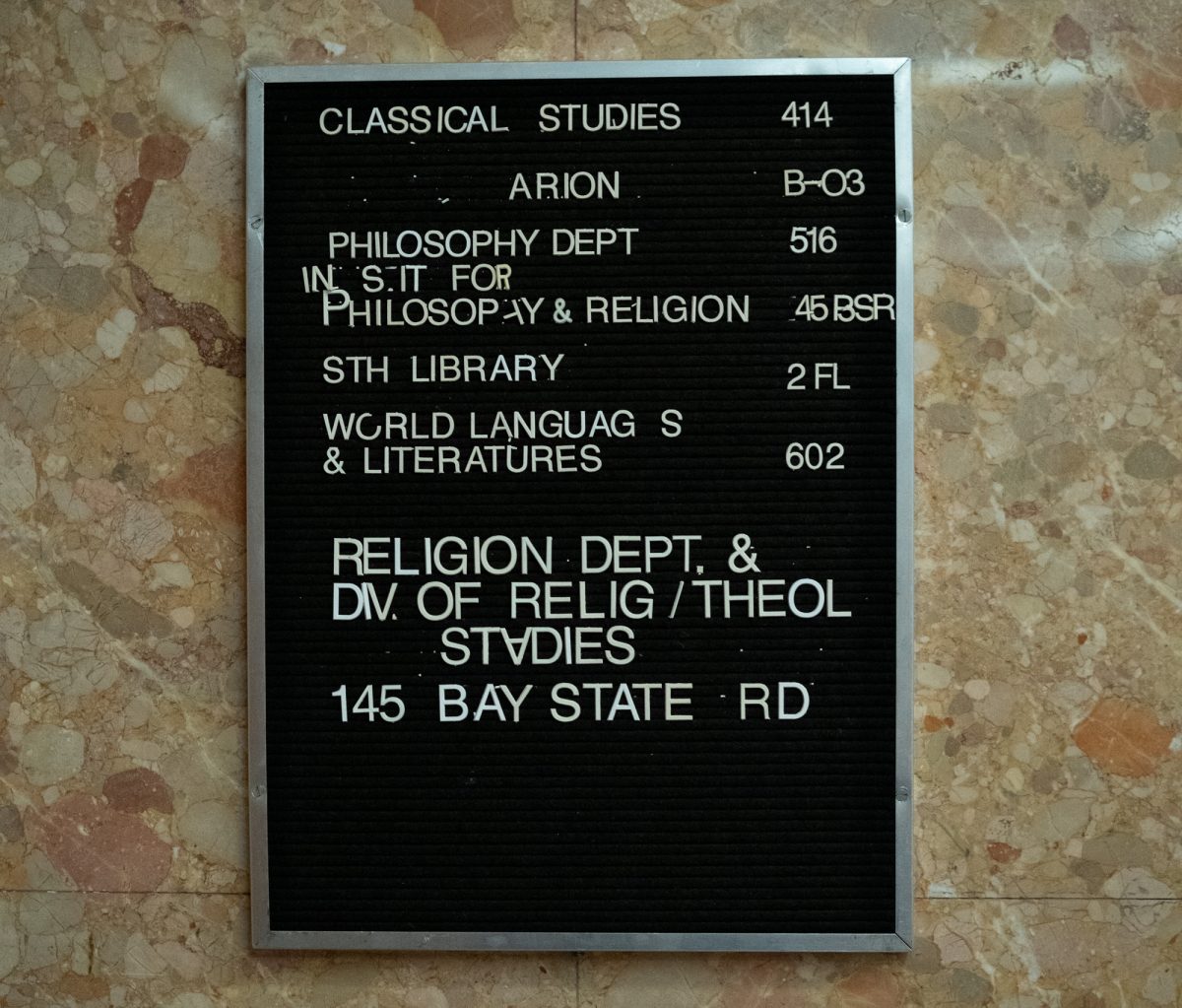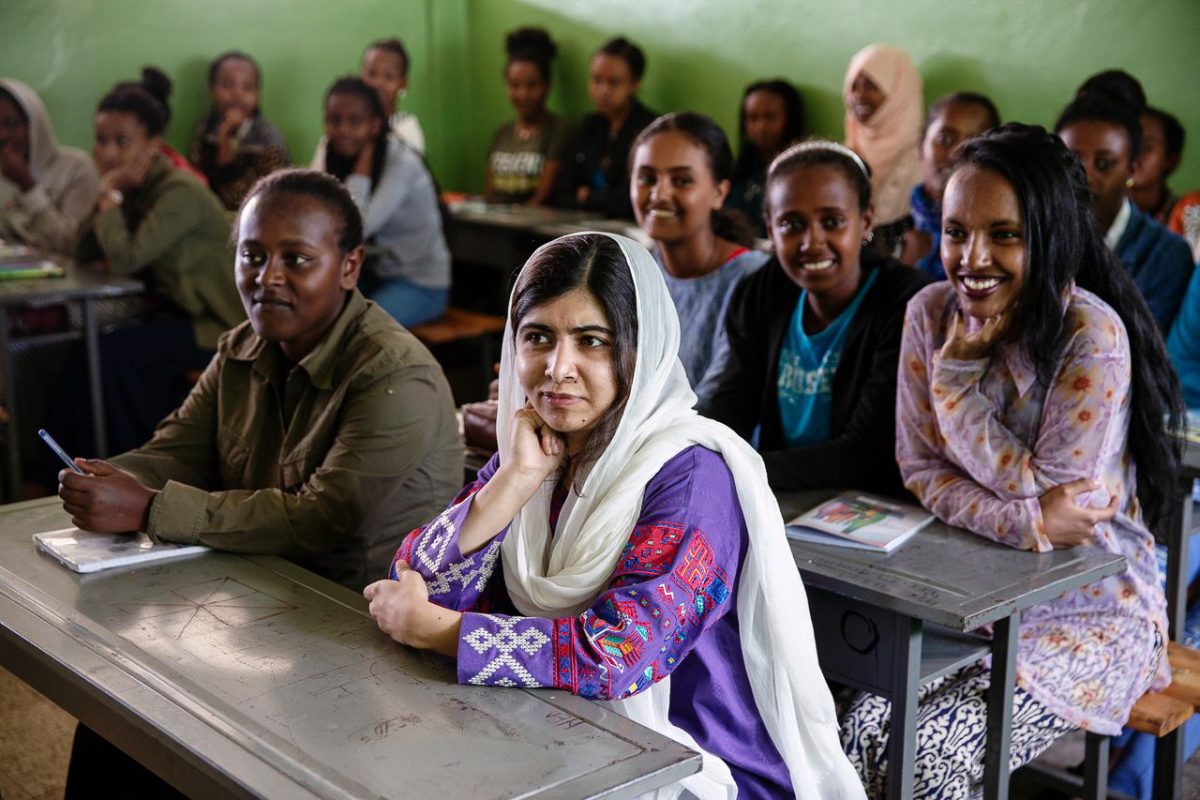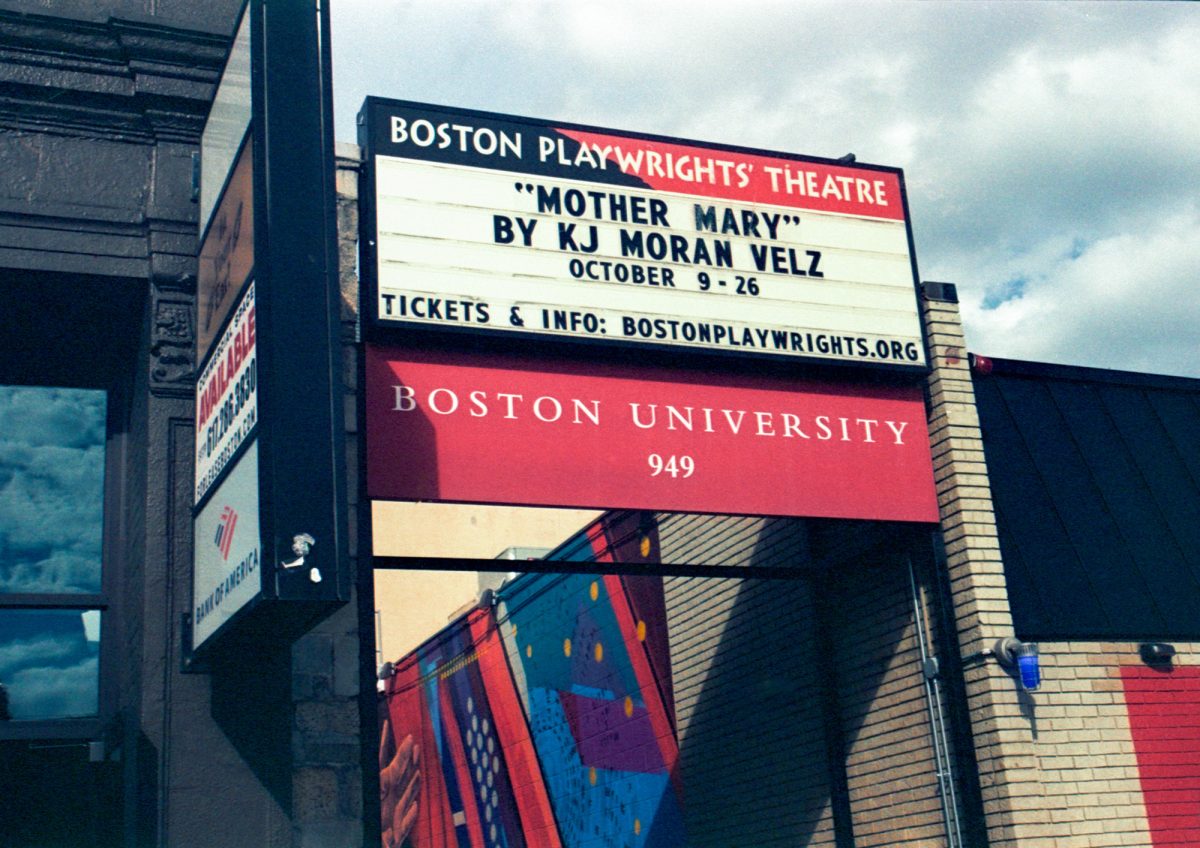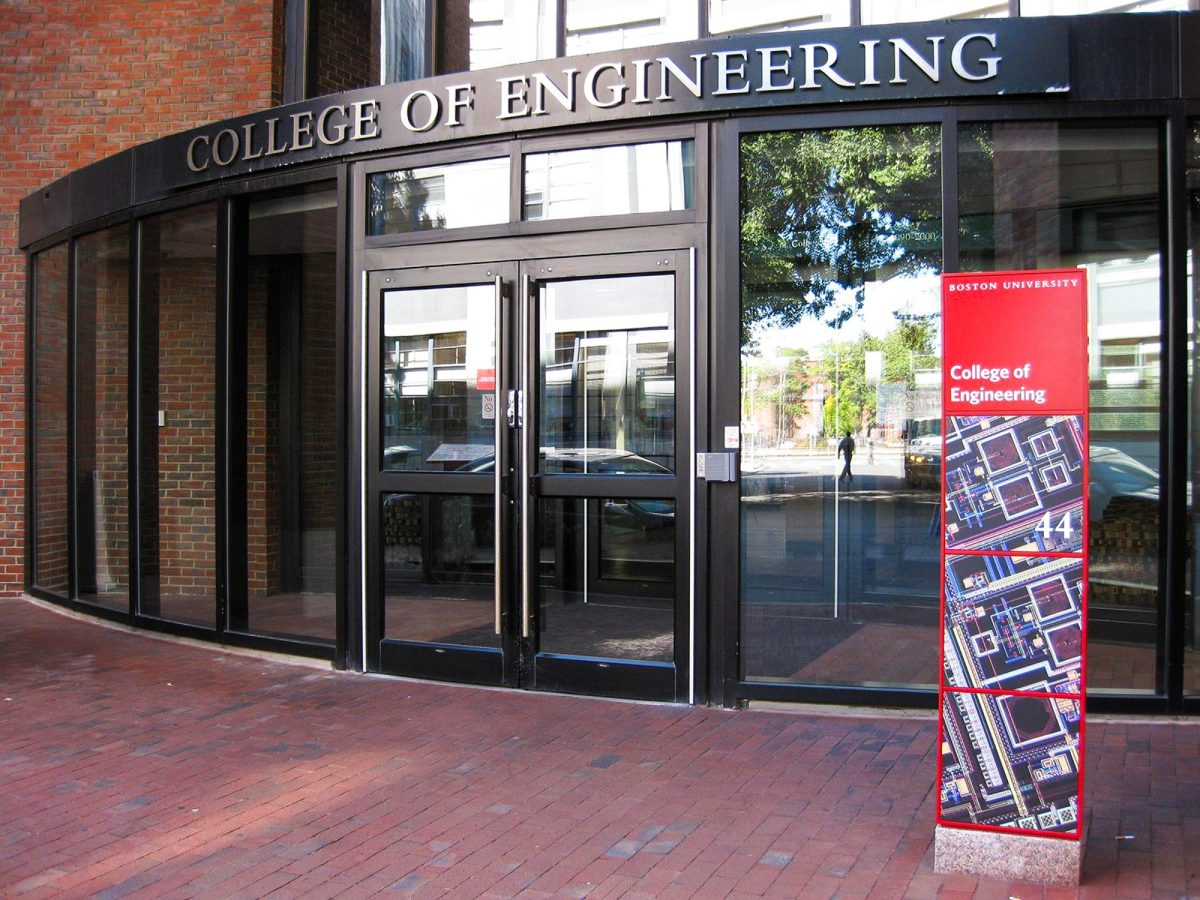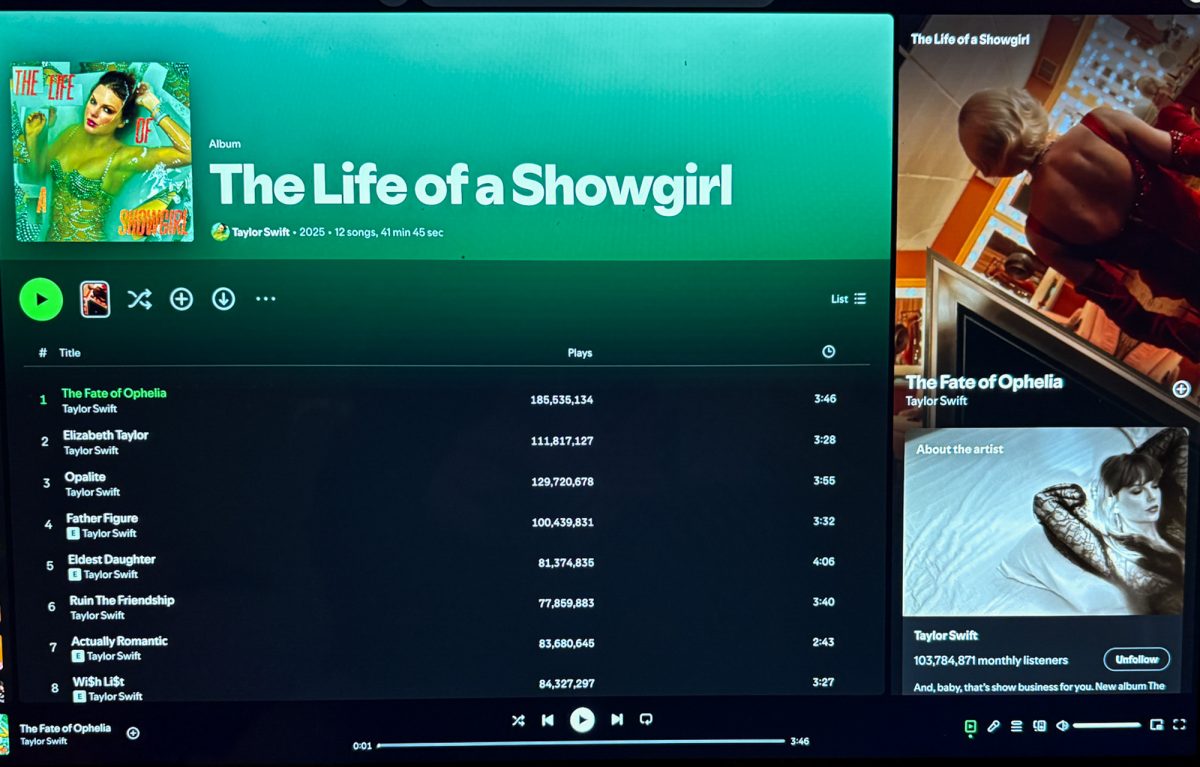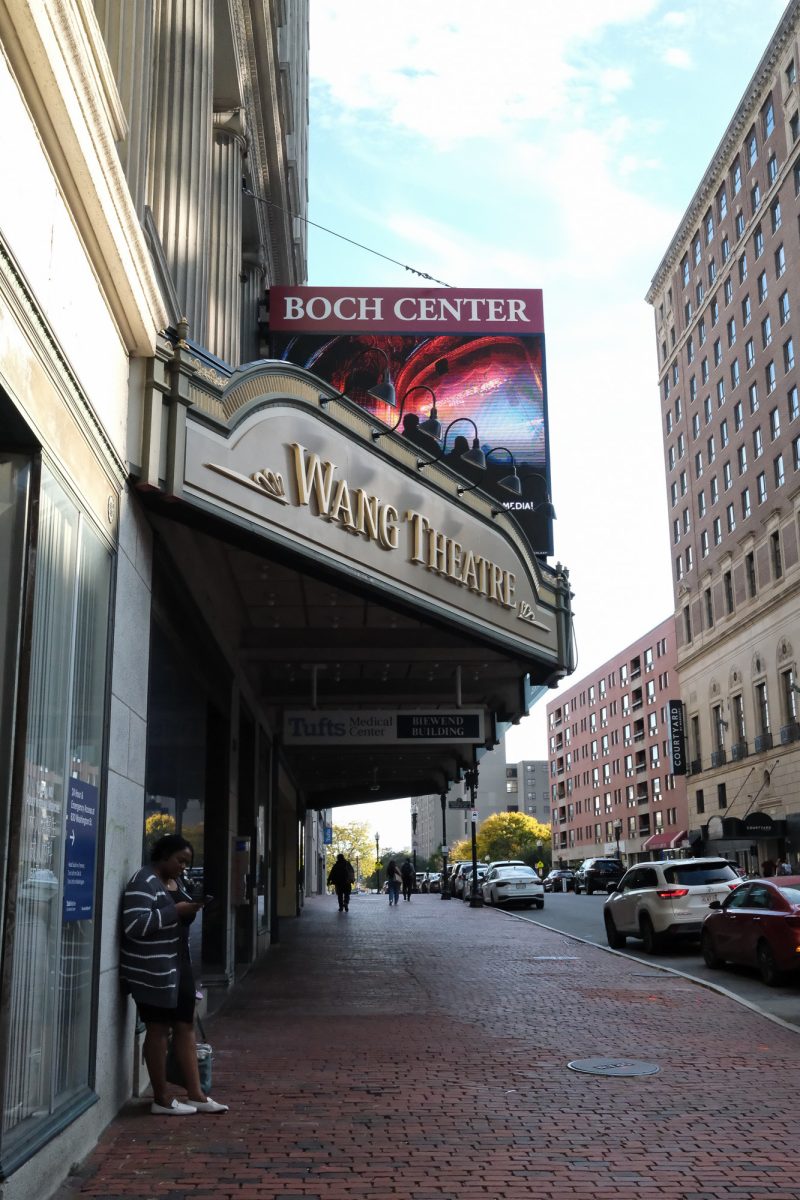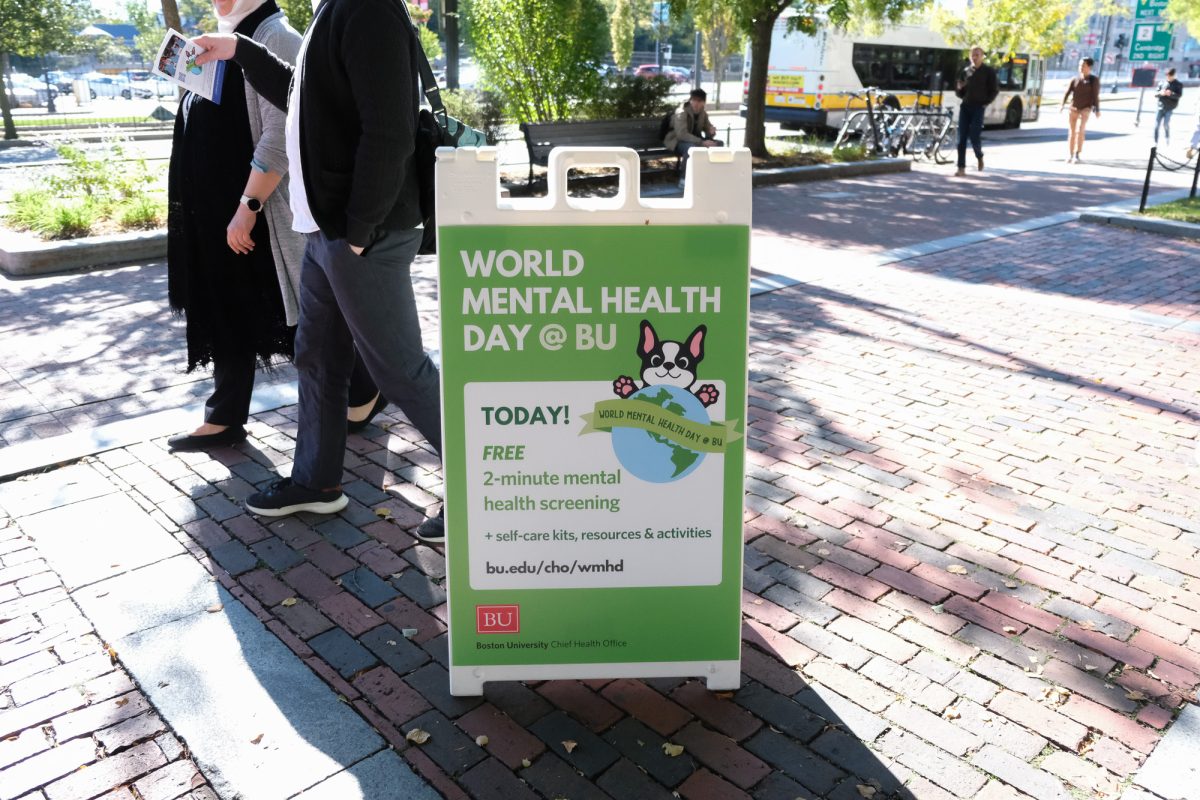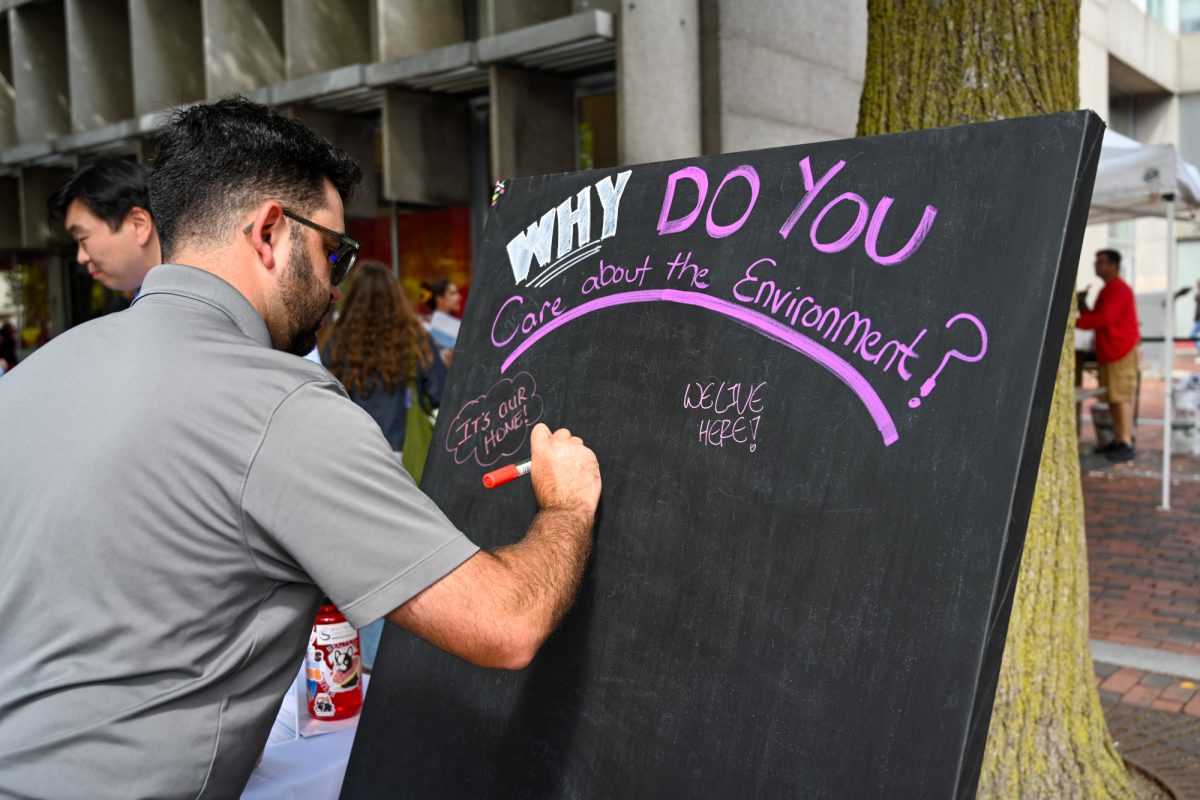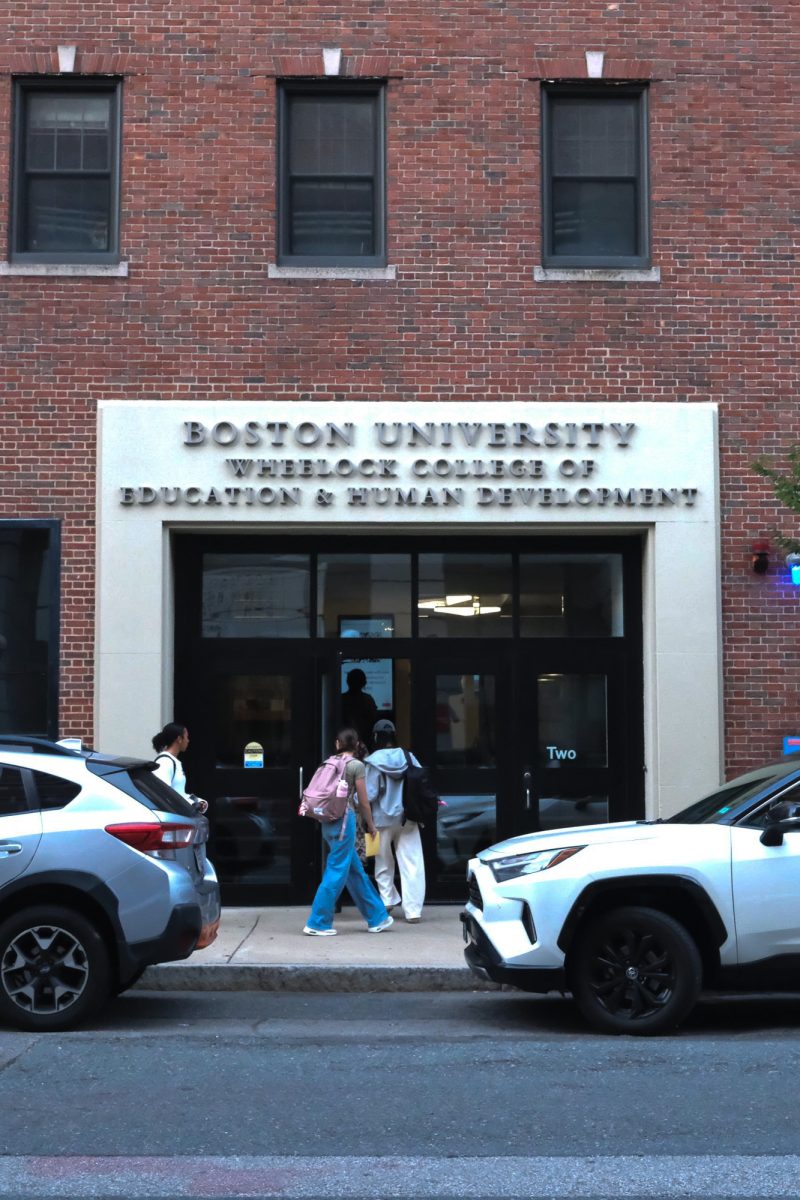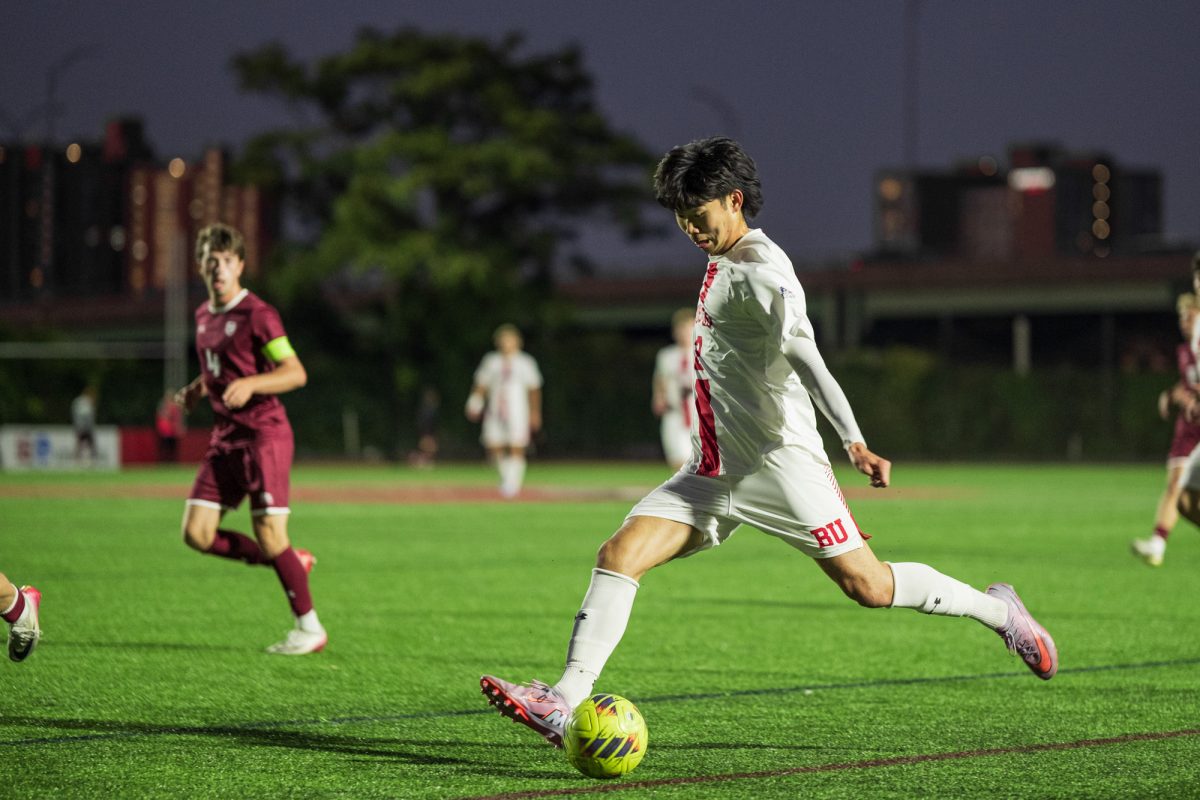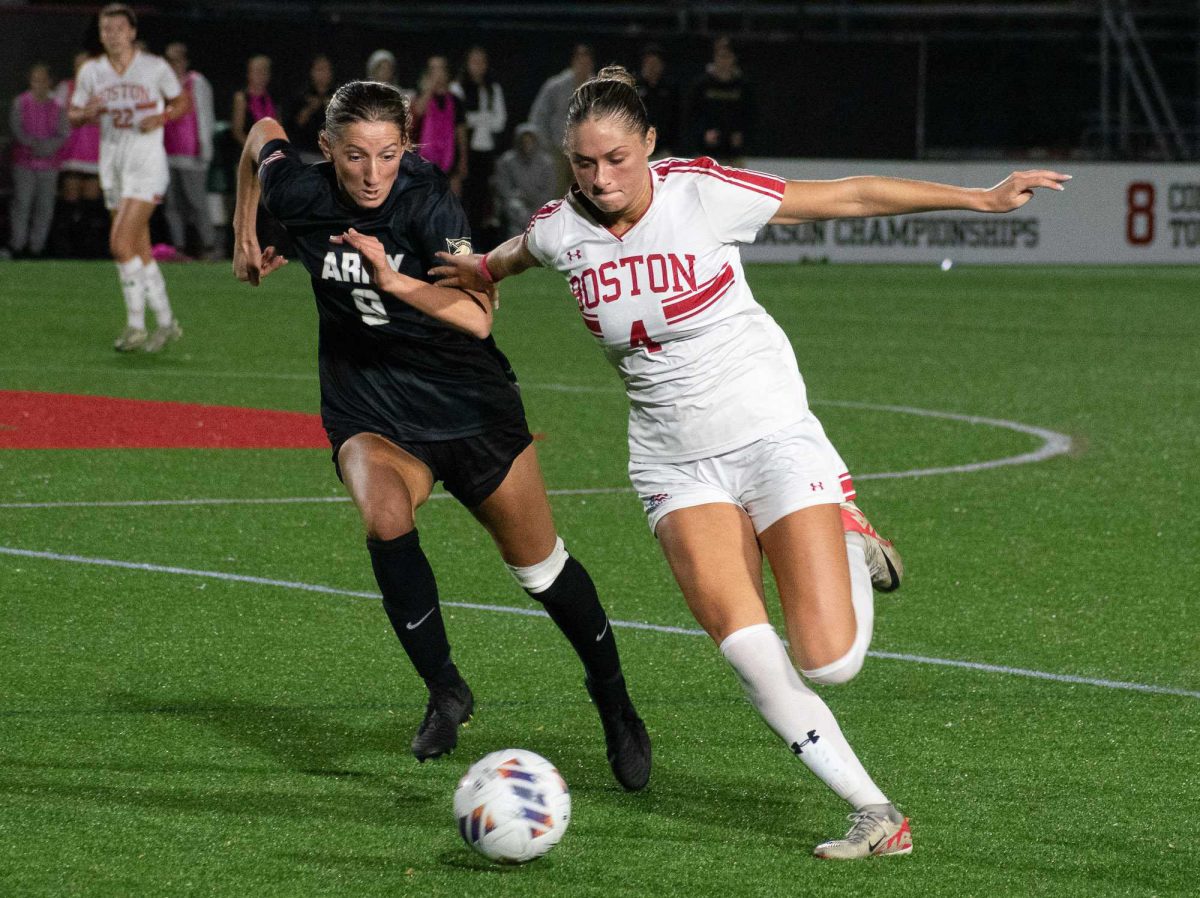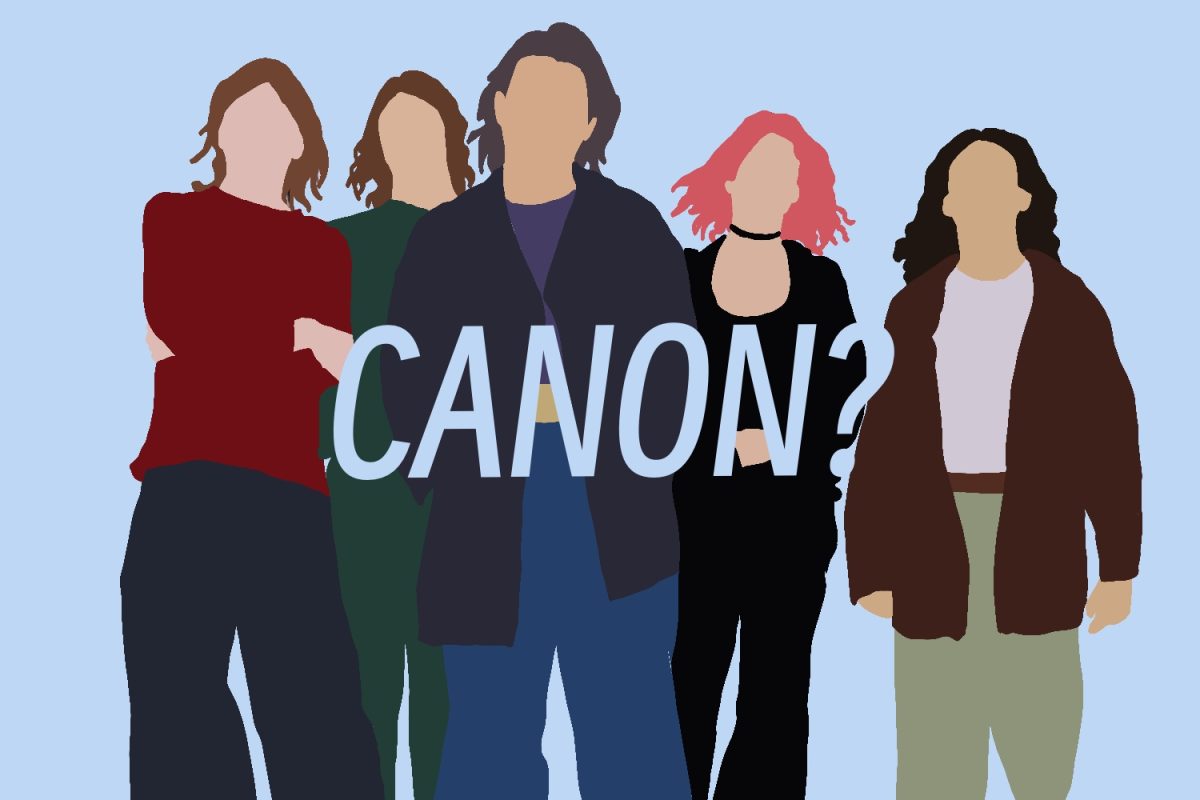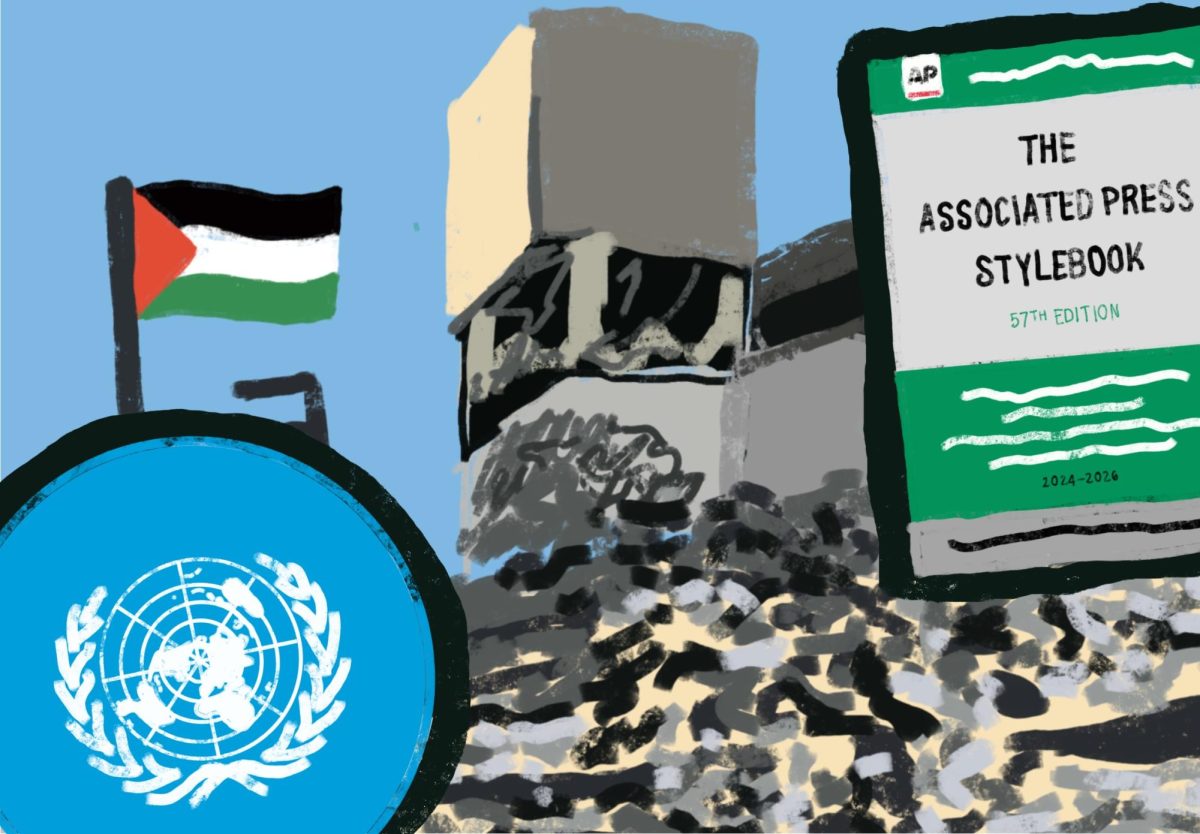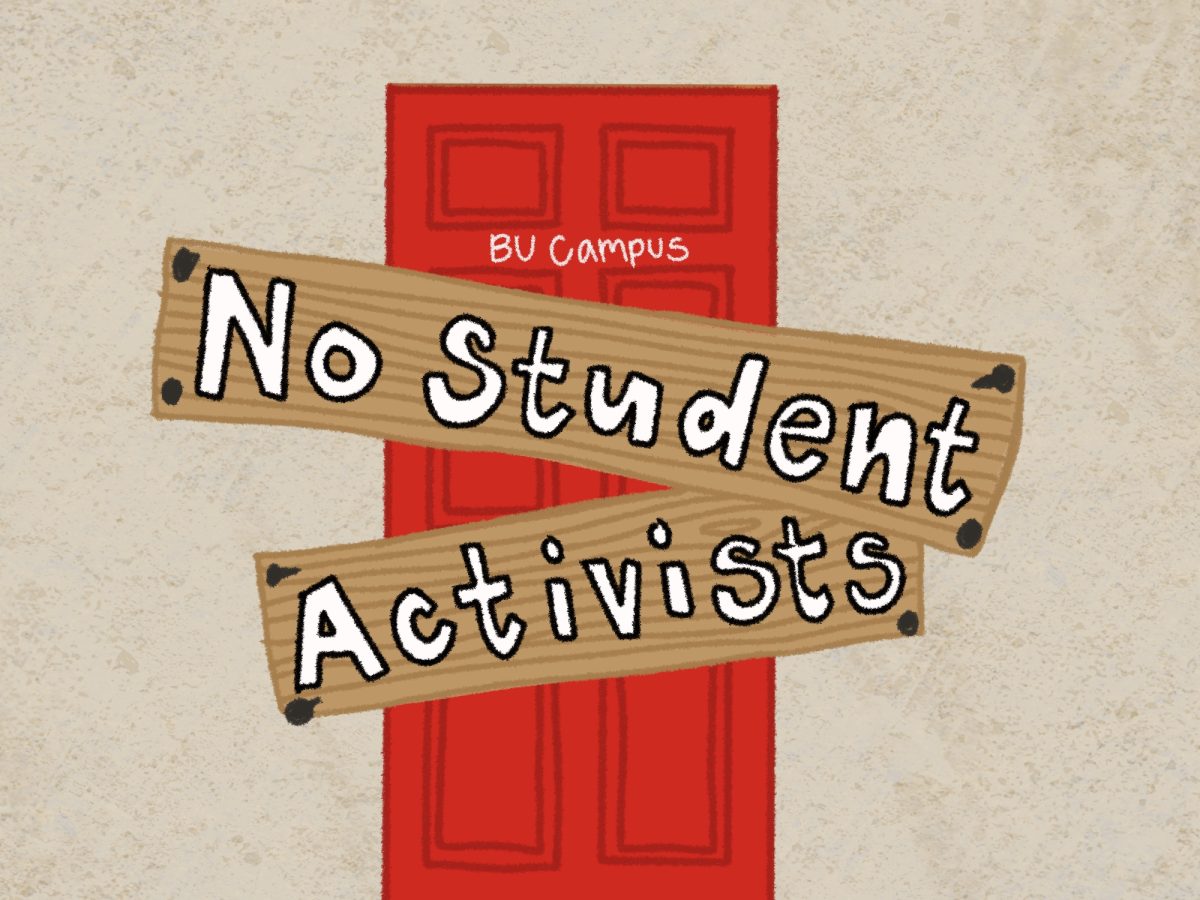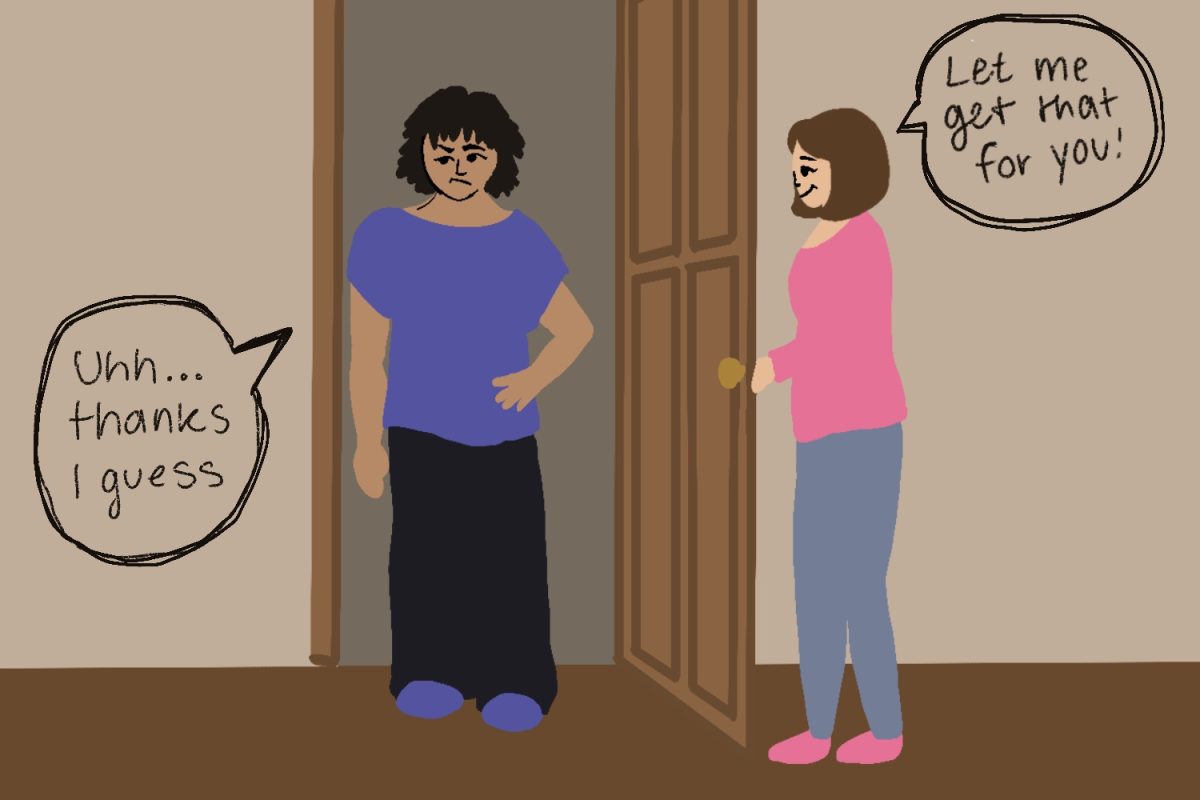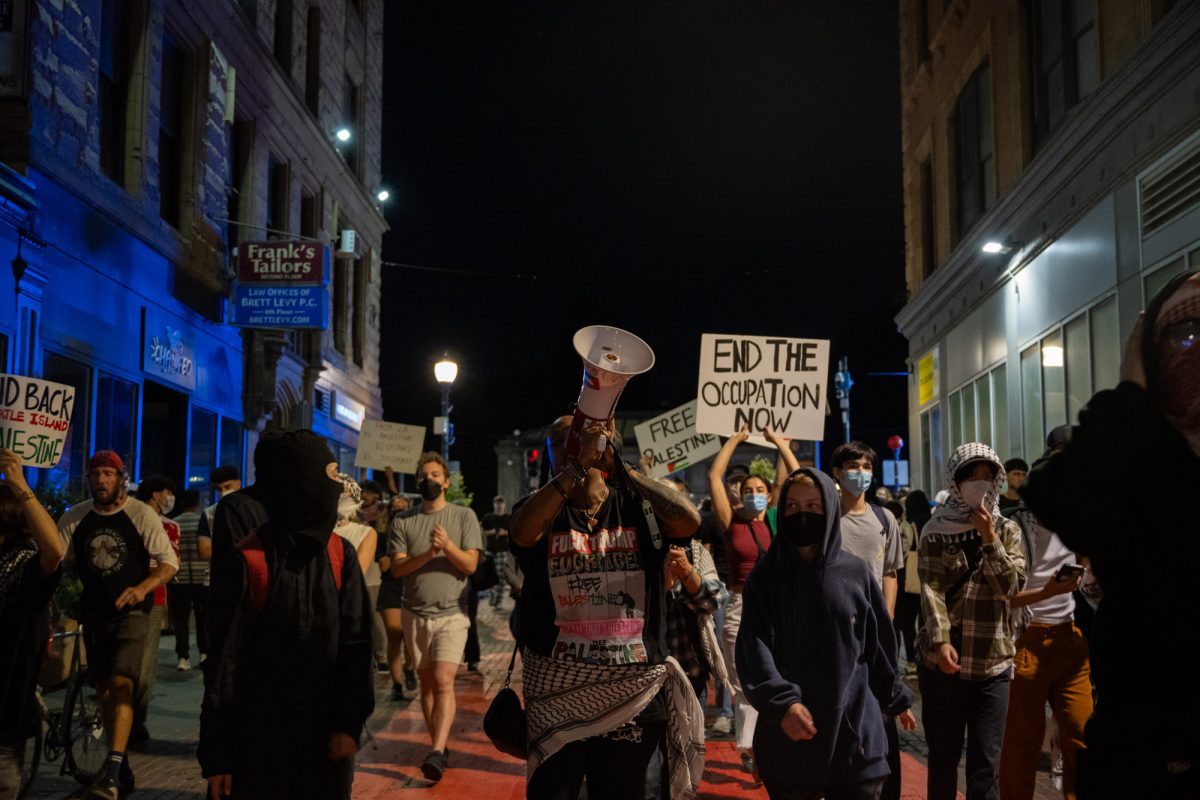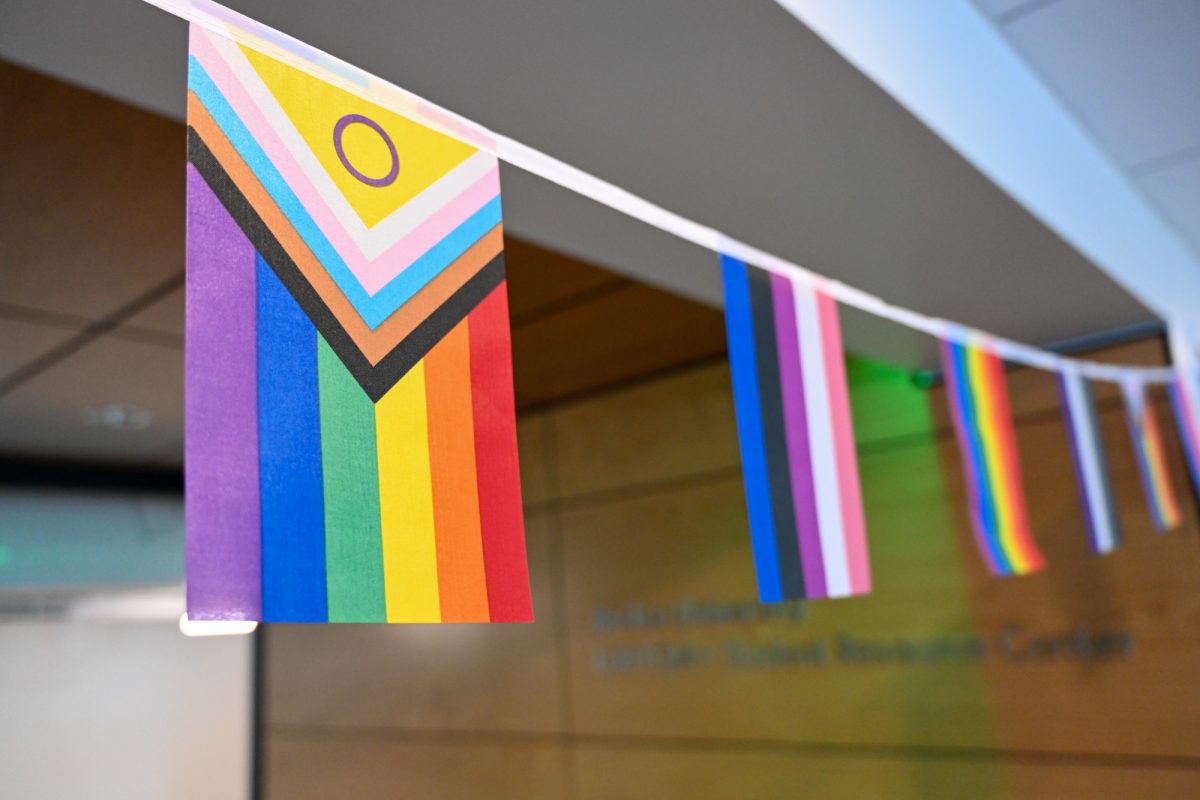Since April, pro-Palestine protests and encampments have cropped up at multiple universities nationwide. These encampments consist of hundreds, if not thousands, of students leading pro-Palestinian chants, sit-ins and other methods of protest, calling for their institutions to divest from Israeli support and urge the United States government to advocate for a ceasefire.
Students at Columbia University screamed outside of their president’s house to protest. Meanwhile, in Boston, students at universities such as Northeastern University, Emerson College, Massachusetts Institute of Technology and Harvard University have taken part in their own on-campus protests and encampments. These demonstrations are closely monitored by their campus newspapers, The Huntington News, The Berkeley Beacon, The Tech and The Harvard Crimson.
While these protests have placed student voices on a nationwide pedestal, college journalists across the country have received particular attention. Their coverage of the protests on social media and in some of the nation’s most popular newspapers — like New York Magazine’s collaboration with the Columbia Daily Spectator — has drawn attention to the vital function student journalism serves, both within and beyond the limits of college campuses.
The Huntington News and The Berkeley Beacon, for example, have chronicled statements from both protesters and administration to deliver well-rounded perspectives and keep students informed. As fellow members of the campus community, student journalists are more likely to get through to protesters as someone who wants to share their story, not invalidate their message.
Protesters may hesitate to speak to journalists from large news outlets out of fear of their words being misinterpreted or mocked by the readership. Speaking to a student journalist, however, might make protesters feel safer with the knowledge they are speaking to a fellow student and reaching an audience of their age demographic.
As protests progress, drawing responses from administration — and, in some cases, police — student journalists churn out news diligently and quickly. These protests have increased reliance on student journalism, demonstrating students’ concerns for their campuses and demand for reliable, objective news.
College journalists’ student status allows for real-time journalism on campus grounds — privileged access other news outlets might not have. Columbia’s student radio station, WKCR 89.9FM NY, reported live from campus on April 30 as pro-Palestinian protestors and police officers clashed inside Hamilton Hall, a Columbia academic building.
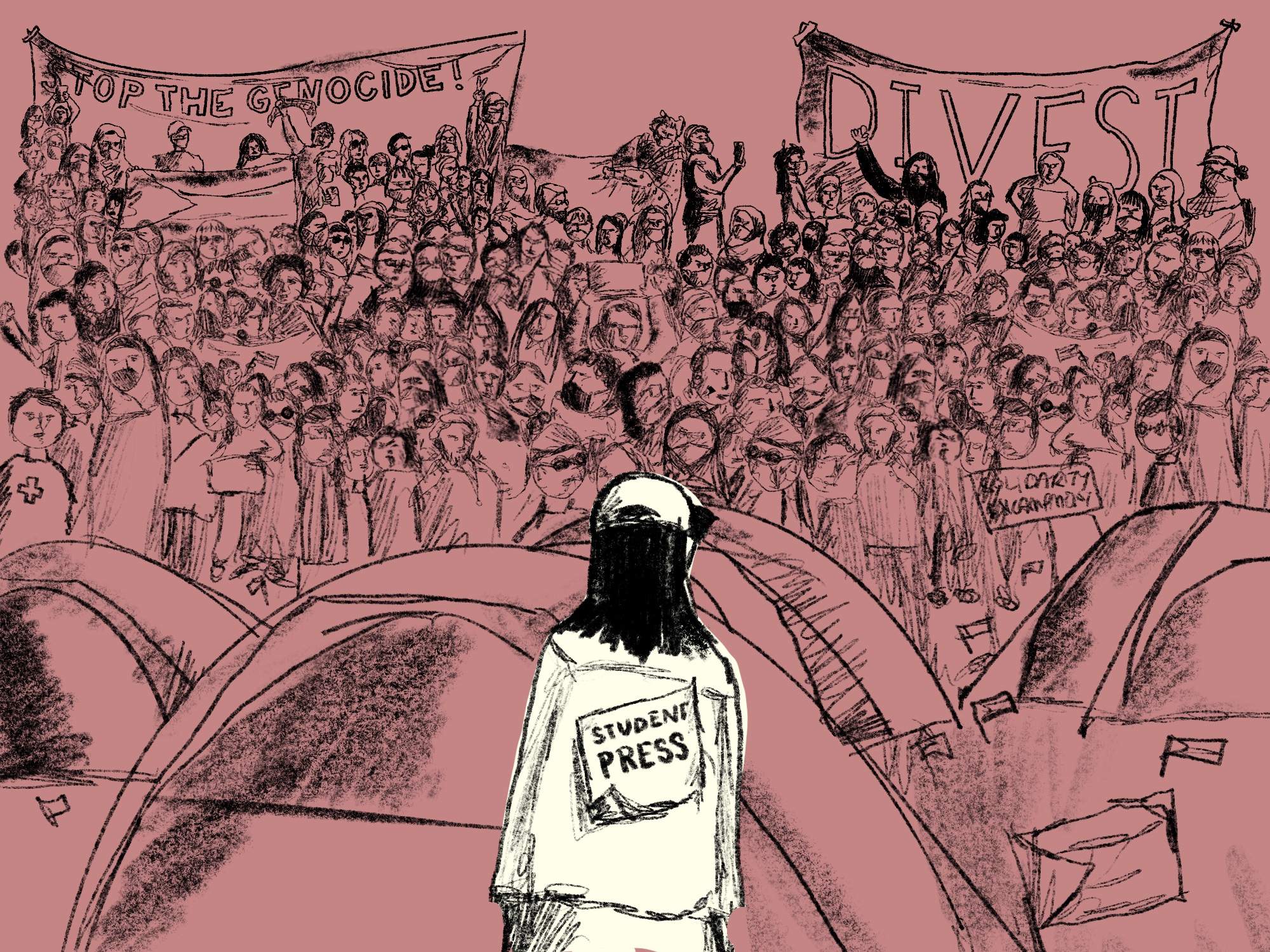
The radio coverage received more than 20,000 listeners — so many that they briefly overwhelmed and shut down the livestream. The students’ reporting not only provided instantaneous coverage of the protests, but also offered perspectives from the demographic most affected: Columbia’s students.
Members of collegiate newspapers report for major news outlets, disproving any doubt about student journalists’ abilities. The work that student journalists do is just as credible and valuable as that of professional journalists — and it should be treated as such.
Student journalists have even gotten detained simply for on-site reporting. Journalists deserve protection and respect, as they seek out the information necessary to properly report on events which affect the institutions they know best.
Organizations such as the Society for Professional Journalists and the Student Press Law Center are working to protect student journalists. In New Hampshire, a prosecutor declined to press charges against two student journalists from Dartmouth College after 15 press rights organizations, including SPLC, petitioned in support of the students’ freedom of expression as members of the press.
Self-identifying student journalists are not the only ones covering protests. Social media has become not only a quick source of updates, but also a tool for citizen journalists. Through social media, all students have the potential to serve as journalists by documenting events with real-time updates, videos and photos.
As social and political unrest continues to pop up on our feeds — including that beyond college campuses — it is vital to continue to follow the news, from both professional and student outlets alike. This allows for continued appreciation of citizen and student journalism, and puts a spotlight on truthful, daring and authentic reportage.
The vast impact of these protests proves the extraordinary capabilities of young journalists, who are taking the initiative needed to cover moments that become history. Student journalists are vital to not just their institutions, but to the protection of free speech on college campuses — and journalism as a whole.
This Editorial was written by Opinion Co-Editor Hailey Pitcher.

